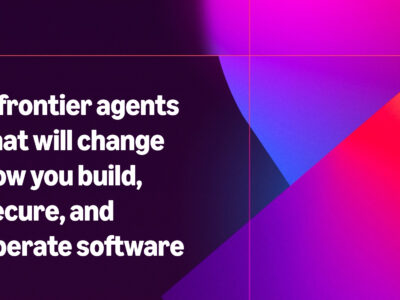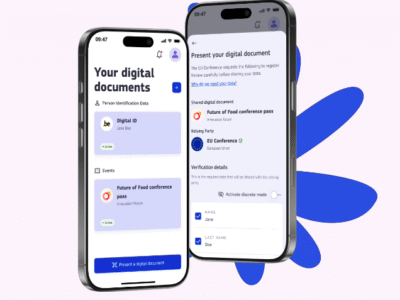SIEM tools are used used by organizations to monitor their IT environments. They are used to manage security information and events. SIEM tools collect data (in real-time) from various sources like servers, firewalls, and applications. The data is then analyzed to detect security threats or incidents.
Purpose of SIEM Tools
SIEM tools are cybersecurity solutions that aggregate, analyze, and correlate data from various sources (e.g., servers, firewalls, applications) to detect, investigate, and respond to security threats. They provide real-time monitoring, historical analysis, and compliance reporting, serving as a cornerstone for Security Operations Centers (SOCs).
Pros and Cons
These tools are used for incident response purposes. For example, if there are multiple failed login attempts from different locations in a short period, the SIEM tool could flag that as a potential brute force attack. Basically, the benefits of SIEM tools include improved threat detection, compliance, centralized visibility, faster incident response, and historical analysis. However, there are challenges too. Managing a SIEM requires resources for setup, maintenance, and skilled personnel. Scalability could be an issue if the organization’s data volume grows. And integration with existing tools might be tricky if the SIEM doesn’t support certain data formats or sources.
Benefits/Pros
The following are the known benefits of SIEM tools.
- Real-time analysis and correlation for enhanced threat detection.
- Automated reporting that complies with regulations.
- Unified view of security posture across the organization.
- Historical data that helps in forensic investigations and faster incident response.
- Cloud-based options adapt to growing data needs
Challenges/Cons
The following are the known challenges.
- High initial setup and ongoing maintenance expenses.
- Requires skilled personnel for tuning and reducing false positives..
- Compatibility with diverse data sources and formats.
- Overloading teams with alerts necessitates continuous optimization.
Key Components of SIEM Tools
- Data Collection: Gathers logs and events from network devices, endpoints, and cloud environments.
- Parsing/Normalization: Converts data into a consistent format for analysis.
- Correlation: Identifies patterns (e.g., multiple failed logins) to detect threats.
- Alerting: Notifies security teams of suspicious activities.
- Dashboards: Visualizes data for real-time insights.
- Compliance Reporting: Generates audit-ready reports for regulations like GDPR, HIPAA.
- Incident Response: Facilitates workflows for threat mitigation, often integrating with SOAR (Security Orchestration, Automation, and Response).
- Threat Intelligence Integration: Enriches data with external threat feeds for context.
Examples
The common examples of these tools are either categorized as a commercial or open-source. Examples of commercial SIEM tools are CISCO’s Splunk Enterprise Security, IBM QRadar, LogRhythm, OpenText, and Microsoft Sentinel. An example of the open-source ones is Google Chronicle.
SIEM tools are vital for proactive cybersecurity, enabling organizations to detect threats early, comply with regulations, and respond effectively. Success hinges on proper configuration, integration, and skilled personnel. Emerging technologies like AI and cloud-native solutions are shaping the future of SIEM, making it more adaptive and efficient.






